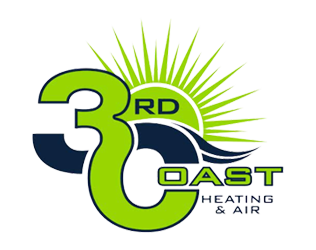Smart Strategies: Lowering Heating and Cooling Bills for Your Business
Running a business in Holland, MI or West Michigan comes with numerous expenses, and heating and cooling bills can be a significant portion of your operational costs. Fortunately, there are practical and cost-effective ways to reduce these expenses without compromising comfort. In this guide, we'll explore strategies to lower your business's heating and cooling bills.
Invest in Energy-Efficient HVAC Systems: Upgrade to energy-efficient heating, ventilation, and air conditioning (HVAC) systems. Modern units are designed to be more energy-efficient, reducing overall energy consumption and costs.
Regular HVAC Maintenance: Schedule regular maintenance for your HVAC systems. Clean filters, check for leaks, and ensure that all components are functioning optimally. Well-maintained systems operate more efficiently, saving energy and money.
Programmable Thermostats: Install programmable thermostats to optimize temperature settings based on business hours. Lowering the temperature during non-working hours and weekends can result in substantial energy savings.
Seal Air Leaks: Inspect doors, windows, and any potential openings for air leaks. Proper sealing prevents conditioned air from escaping, reducing the workload on your HVAC system and lowering energy consumption.
Improve Insulation: Adequate insulation is crucial for temperature regulation. Evaluate your business's insulation and invest in improvements where needed. Proper insulation keeps the desired temperature stable, reducing the need for continuous heating or cooling.
Utilize Natural Light: Maximize natural light to reduce the need for artificial lighting. Install energy-efficient windows and consider daylight harvesting systems to optimize natural lighting during working hours.
Upgrade Lighting Systems: Replace outdated lighting systems with energy-efficient alternatives, such as LED bulbs. They consume less energy and emit less heat, contributing to lower cooling costs.
Implement Zoning Systems: Install zoning systems that allow you to control temperatures in specific areas independently. This ensures that you only heat or cool areas that are in use, optimizing energy usage.
Encourage Energy-Saving Habits: Educate employees about energy-saving practices. Simple habits like turning off lights and equipment when not in use can make a significant impact on energy consumption.
Consider Renewable Energy Sources: Explore the possibility of incorporating renewable energy sources, such as solar panels, into your business. While the initial investment may be substantial, the long-term savings and environmental benefits can be substantial.
Lowering heating and cooling bills for your business involves a combination of smart investments, regular maintenance, and energy-conscious practices. By implementing these strategies, you not only reduce operational costs but also contribute to a more sustainable and environmentally friendly business. Take charge of your energy consumption and enjoy the benefits of a more cost-effective and eco-conscious operation.
